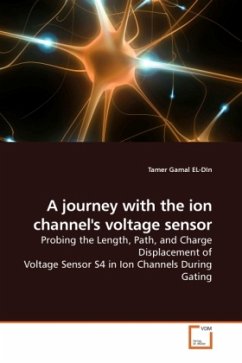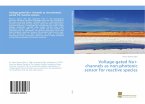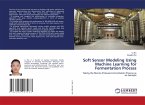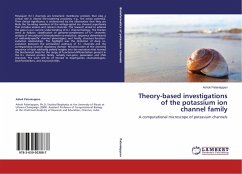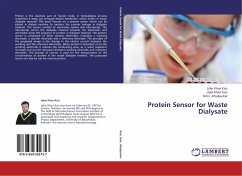Voltage-gated ion channels are proteins that conduct ions at high rates through the plasma membrane. Ion channels work in concert to generate and propagate the action potential. The bit of information in our nerves and neurons is the action potential. Information is transmitted from one point in our nervous system to another in a frequency-coded format, i.e. the number of action potentials per unit time is the neural code which must be formed at the point of generation and translated at the target point.As the name implies, voltage-gated ion channels are gated open and closed via sensing the electric field across the plasma membrane. To perform this function, it has a voltage sensing domain, the domain which bears charged amino acids that relocate upon changes in the membrane electric field. These charged amino acids carry the gating charge. The voltage-dependent movement of the sensor induces conformational changes in the protein structure of the ion channel that ultimately leadto opening or closing of the gate. The main voltage sensing part in the voltage sensing domain is S4. The author during his PhD managed to probe the Length, Path, and Charge Displacement of S4.
Bitte wählen Sie Ihr Anliegen aus.
Rechnungen
Retourenschein anfordern
Bestellstatus
Storno

